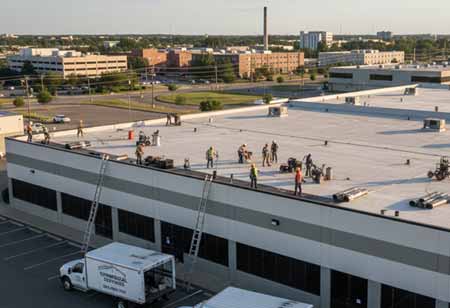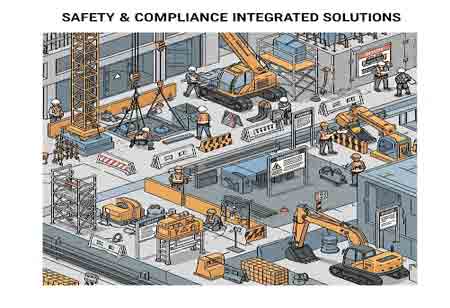Thank you for Subscribing to Construction Business Review Weekly Brief
Specials
- Apartment and Condominium Contractors Canada
- Decking Canada
- Architectural Glass Europe
- MEP APAC
- Construction Saudi Arabia
- German Apartment and Condominium Contractors
- Construction Law APAC
- Outdoor Construction
- Foundation Construction Canada
- MEP Canada
- Kitchen and Bath
- Cold Storage Construction APAC
- Precast Concrete Europe
- Construction Staffing Europe
- Pre-Construction Services
- Flooring System APAC
- Scaffolding Canada
- Swimming Pool Construction Canada
- Construction Management Canada
- Cold Storage Construction Canada
- Flooring Systems Europe
- Residential Construction
- Concrete Canada
- Construction Cladding Europe
- Construction Cladding APAC
- Concretes, Aggregates and Construction Materials APAC
- Concretes, Aggregates and Construction Materials Europe
- Commercial Contractors Europe
- Commercial Contractors APAC
- Dummy
- Construction Insulation, Coating and Waterproofing
- Construction Management APAC
- Landscaping Canada
- Construction Coating Europe
- Construction Tech Startups Europe
- Insulation Services Europe
- Mechanical Contractor Canada
- Mould Remediation and Testing Europe
- Swimming Pool Construction APAC
- Building Sealing Solutions Europe
- Construction Engineering Services
- Mechanical Electrical and Plumbing
- Roofing Systems Europe
- Architectural Glass APAC
- Startups APAC
- Construction Forensic and Owners Representative
- Flooring System
- Waterproofing APAC
- Wall Systems
- Safety and Compliance Europe
- Construction Bidding and Auctions
- Modular and Prefab Construction
- Architectural Glass
- Construction MENA
- Construction Demolition and Recycling Europe
- Modular Construction Europe
- Construction Interiors
- Steel Building APAC
- HVAC
- Doors and windows
- Construction Latam
- Building Information Modeling APAC
- Sustainable Construction APAC
- Building Restoration and Maintenance
- Commercial Contractors
- Specialty Construction
- Construction Engineering Canada
- Construction Engineering MENA
- Modular Construction Canada
- Modular Construction APAC
- Roofing and Siding Systems
- Workforce Management and Staffing
- Roofing Systems APAC
- Construction Consulting
- Steel Building Europe
- Construction Demolition and Recycling APAC
- Safety and Compliance APAC
- Concretes, Aggregates and Construction Materials
- Construction Cladding
Importance of BIM to the Built Environment
A decade ago, 2D drawings and blueprints were used to express information on construction plans.

By
Construction Business Review | Friday, November 18, 2022
Stay ahead of the industry with exclusive feature stories on the top companies, expert insights and the latest news delivered straight to your inbox. Subscribe today.
In the design and construction arena, BIM is a critical and required elements to ensure that planning, design, and building construction are highly collaborative and efficient.
FREMONT, CA
A decade ago, 2D drawings and blueprints were used to express information on construction plans. Although this approach was innovative, it was challenging to visualise the requirements and dimensions.
The introduction of computers brought CAD (Computer-Aided Design), helping drafters gain the benefits of plans in a digital environment. Further, CAD became 3D, turning blueprints into realistic visuals. Today, building information modelling (BIM) is the industry standard. BIM allows for more transparency throughout the building process by making information more accurate and accessible to all parties involved.
The value of BIM is demonstrated through many outcomes, including better designs, efficiency, foresight, and handovers. Better designs are achieved using tools to analyse design performance and iterate various options to optimise the outcome. Better efficiency includes the ability to prefabricate items as field conditions are predictable. Engineers can gain better foresight by evaluating schedules in a 3D environment to plan and coordinate trades. Better handovers are possible by providing facility operators with essential information for asset management, space planning, and a maintenance schedule to improve the facility’s overall performance or facility portfolio. BIM benefits and assists every person associated with a project.
Owners
The primary benefit for owners is saving money since BIM allows them to design and build projects efficiently. This reduces errors in design and construction, keeping the building owner substantial money. Additionally, BIM enables the project team to search for conflicts and eliminate them before construction starts, when mistakes are more costly.
More in News





